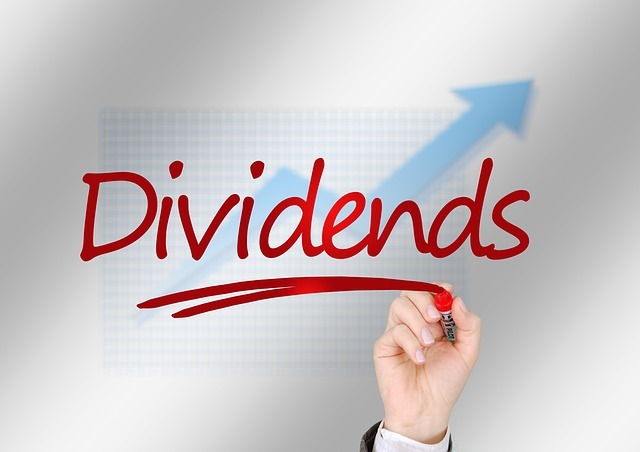Investors may get income from dividend stocks and share price growth. Regular dividend payments are often seen as an indication of financial stability from the firm. They may be a valuable method to expand a long-term investment portfolio, which is why many investors are drawn to companies that pay dividends.
WHAT DO DIVIDEND STOCKS MEAN?
Companies that distribute a part of their net earnings as a cash dividend to shareholders are known as dividend stocks. Investors may choose companies that regularly pay dividends since they stand to gain from both price growth and dividend income.
Additionally, since a consistent income may indicate financial stability, dividend stocks may draw much interest from individual investors and asset managers. For a corporation to distribute a percentage of its earnings to shareholders, profits must first be made. A lengthy history of dividend payments may shed insight into a company’s past financial success.
Quarterly dividend payments are the norm, although they may also be sent yearly, semi-annually, monthly, or whenever it is financially feasible in the case of “irregular” payouts.
Divide the yearly dividend per share by the share price to get the dividend yield.
Dividend yield = annual dividend per share/share price
HOW ARE DIVIDENDS USED?
Profitable businesses can reinvest excess cash (net profit) into the company or pay dividends to shareholders. The firm will announce the future dividend and offer pertinent dates for its payment to qualified shareholders after receiving board of director approval.
Example:
Reviewing their quarterly audited financial accounts, Company A is pleased to announce that the most recent trading period was very lucrative. The corporation declared on April 1st that a dividend payment would be issued to qualified shareholders on May 10th after getting board approval. The record date and the ex-dividend date will be available to the public. The corporation will pay the dividend on the payday, and the shareholders’ accounts will reflect it.
WHICH STOCKS PAY DIVIDENDS?
Growth stocks and value stocks are the two primary categories of equities, respectively. Value stocks are more established businesses that may have hit a growth plateau, while growth stocks often choose to keep profits and reinvest them in the fast-expanding firm.

Value stocks may have a higher likelihood of paying dividends because, although they may hold a dominating position in the market, their growth prospects may be limited at the moment, and it would be more cost-effective to distribute the money to shareholders than to reinvest it. Afterward, shareholders are free to invest or spend the dividend payout as they see fit.
Although the idea of distributing dividends appears sensible, a certain amount of risk is involved. It could not be easy to reverse dividend payments after a corporation commits. Companies may be forced to cut or eliminate dividends if their profits are poor. If enough nervous investors sell, it may have a terrible effect on the company’s share price and send a wrong signal to the market.
Numerous dividend-paying stocks are known to exist in the following stock sectors:
- Utilities: Providers of electricity, water, and natural gas
- Energy: Providers of natural gas and oil
- Telecommunications: Wireless services and network providers
- Consumer staples: These include household products, medicines, food and drinks, tobacco, and alcohol.
- Real estate: residential, commercial, and Real Estate Investment Trusts (REITs)
Traders and investors may use the IG Stock Screener to filter the global stock markets and particular industries to locate the top dividend stocks. Filter results by, among other things, market capitalization, EPS, dividend yield, and normalized P/E ratio.

WHEN DO STOCK DIVIDENDS GET PAID?
Only qualified shareholders who held the share before the “ex-dividend date” are paid dividends on the “pay date” designated by the firm providing the dividend. The procedure goes like this:
- Date of declaration: This is the day the board of directors announces its intention to declare a dividend. The board shall also disclose the pay date and the date of record.
- Ex-dividend date: This is the first day when the stock trades without the right to a dividend. The current dividend will not be paid to anybody who buys the stock after this date, but they will be eligible for future dividends if they keep onto the share at least until the next ex-dividend date.
- Record date: The record date is the day the business formally identifies the shareholders qualified to receive a dividend. Because it takes two days (T+2) for the settlement of equities to appear in a company’s record books, the record date is one business day after the ex-div date. People who held the shares on the ex-dividend date will thus be considered eligible for the dividend on the day after the ex-dividend date.
- Pay date: This is the day on which the company’s shareholders will get their money, typically a few weeks after the record date.

